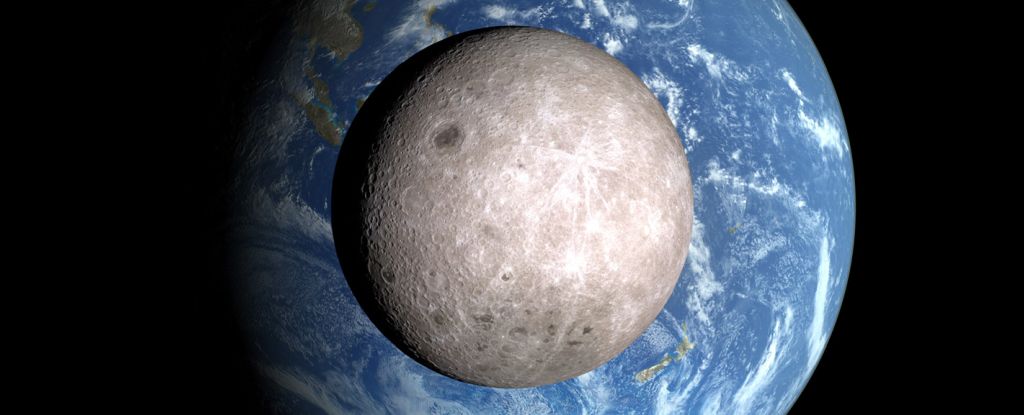The open ocean can get fierce and wild.
There, whipped into a frenzy, ocean swells and troughs can create walls of water that dwarf our puny seafaring vessels, and wreak peril on the humans brave enough to venture asea.
Now, new experimental research reveals there’s much more to these monstrous waves than we realized: they can be far larger than we thought possible.
Our new understanding of the size and complexity of ocean waves suggests that they can be up to four times higher than we knew. This finally reveals how the so-called ‘rogue’ waves can reach the towering, destructive skyscraper heights recorded through history.
It’s a discovery that really piques the imagination – but also has a lot of practical applications, from weather and climate modeling, to engineering and designing offshore structures, according to a team led by engineer Mark McAllister of the University of Oxford.
“This is the first time we’ve been able to measure wave heights at such high spatial resolution over such a big area,” explains engineer Ross Calvert from the University of Edinburgh, “giving us a much more detailed understanding of complex wave breaking behavior.”
The specifics of wave formation and evolution are usually simplified to descriptions in just two dimensions, moving up and down, back and forth. But the world isn’t flat, and as any surfer knows, waves in the ocean roll along a third dimension as well.
In the real world, though, we can observe the way waves behave. From this, we know that traveling waves gain height over distance, breaking when they reach maximum distance. This is when the white froth appears at the top; once that happens, the wave curves in on itself and collapses.
This is the sort of wave we normally see at the beach. But waves in the open ocean are different.
“The type of wave we studied occurs in open water and arises when waves coming from multiple directions come together,” says engineer Ton van den Bremer of the Delft University of Technology in the Netherlands.
“When these waves with a high directional spread converge, the water is pushed upwards, forming a partially standing wave. An example of this is known as a crossing wave.”

So-called rogue waves are those that reach jaw-dropping heights, such as the famous Draupner wave that reached 26 meters (85 feet), or a wave measuring a reported 42.7 meters in the Tasman Sea. These waves are the result of multiple waves traveling in different directions meeting at a central point.
This multidirectionality can happen where two seas or currents meet, or when the winds suddenly change direction. And the bigger the difference between the directions of the waves – known as directional spreading – the taller the wave can become.
The researchers used a special laboratory designed to study the behavior of waves in the real world, the FloWave Ocean Energy Research Facility in Edinburgh. It consists of a circular basin measuring 25 meters across – half the length of an Olympic pool – in which multiple waves can be generated in multiple directions at the same time.
It was in FloWave that the researchers replicated the Draupner wave, on which they published in 2019. Now, they have used data from the pool to study ocean waves in three dimensions, giving new insight into how these marine monsters emerge. And they discovered something fascinating about rogue waves: their height is not limited to the height at which they break.
frameborder=”0″ allow=”accelerometer; autoplay; clipboard-write; encrypted-media; gyroscope; picture-in-picture; web-share” referrerpolicy=”strict-origin-when-cross-origin” allowfullscreen>
“Once a conventional wave breaks, it forms a white cap, and there is no way back,” van den Bremer says. “But when a wave with a high directional spreading breaks, it can keep growing.”
Such waves, the researchers discovered, can grow to twice the height that they were at when they started breaking, which was already twice the height at which conventional waves break. This means they can be four times taller than the previous theoretical limit.
Offshore structures such as turbines are often designed based on a two-dimensional understanding of wave behavior. Having a more complete picture of their complexity will allow engineers to design more robust structures, able to withstand the buffeting to which they will be subjected by the wild sea.
The research has been published in Nature Communications.





